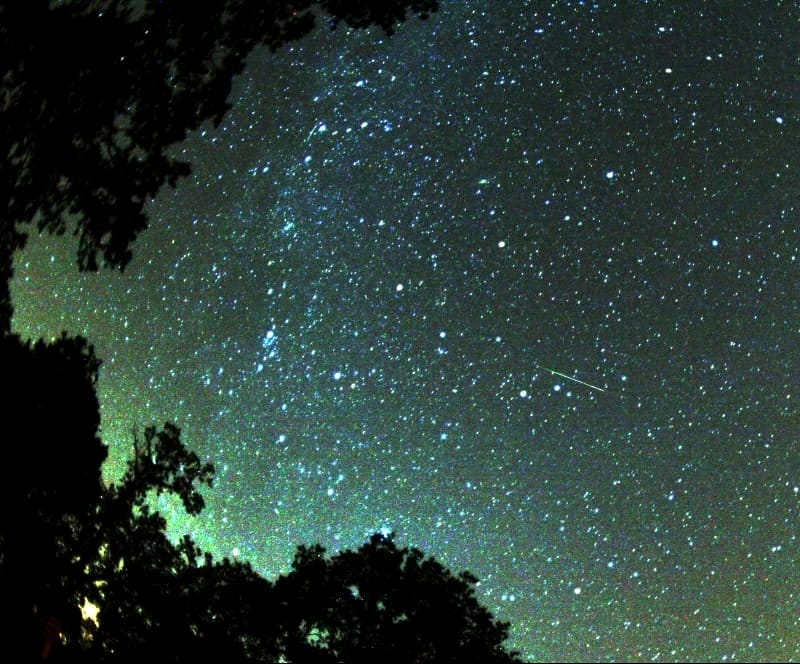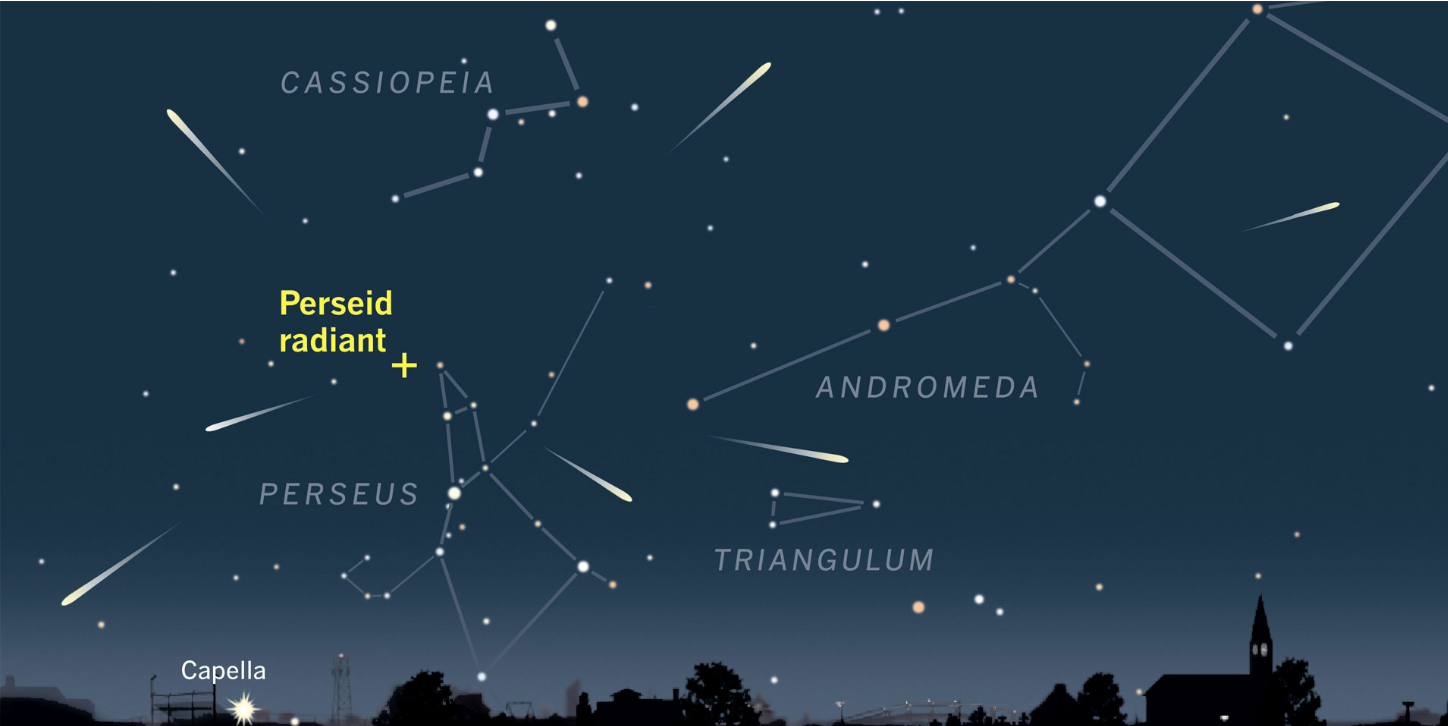

One of the best shows in the night sky, the Perseids meteor shower, is set to peak this weekend. If the weather cooperates, lucky stargazers will be able to see dozens of meteors per hour.
Bright lights and fog aside, Richmond is a great place to discover all the objects in the night sky, often without the help of a telescope or binoculars, and August is a great time to do so.
The Perseids are active from July 14 to September 1, reaching a maximum on August 11 or 12 this year. Rates observed from darker locations can range from 50 to 100 meteors per hour.
The meteors are particles released from comet 109P/Swift-Tuttle as it travels through the solar system. The tiny particles of dust and rocks burn up, passing through the earth's atmosphere, producing brief, but vibrant streaks in the night sky.

The shower is called Perseids because the radiant (the area of the sky where the meteors originate) is located near the constellation of Perseus. To find Perseus, look for the constellation Cassiopeia, which looks like a slightly crooked W. You'll find Perseus is almost directly beneath Cassiopeia.
The best time to look for Perseids is after 11 p.m., when you should watch a broad section of the sky in the northeast direction. Even with moderate light pollution, the brightest of the Perseids should still be visible to the patient observer.
Apps such as SkyView are available for iOS and Android devices to help users navigate the night sky. The app offers free and paid versions, each offering slightly different functionality.
Click to become a Grandview Supporter here, or make a one-time donation here. Grandview is an independent, journalist-run publication exclusively covering Richmond, CA. Every cent we make funds reporting from Richmond's neighborhoods. Copyright © 2024 Grandview Independent, all rights reserved.
